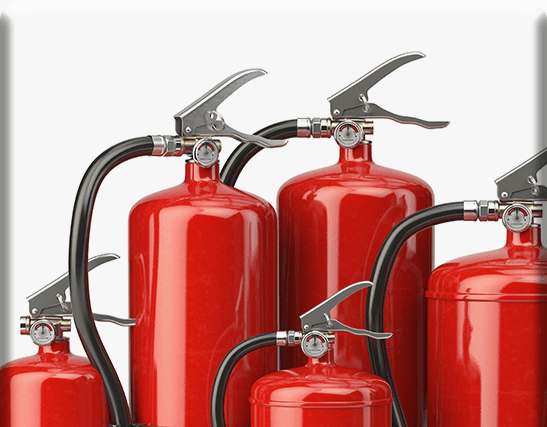Fire suppression systems are the unsung heroes of fire safety, working silently to protect lives and property by extinguishing or controlling fires. Understanding the various types of fire suppression systems and their applications is essential for ensuring effective fire protection in different environments. In this exploration, we will unveil the types and uses of fire suppression systems, shedding light on their critical role in fire safety. See over here to find useful information about FM 200 suppression system.
Water-based suppression systems:
Water-based suppression systems are among the most traditional and widely used methods for extinguishing fires. They include:
Sprinkler systems: These systems consist of a network of pipes and sprinkler heads that release water when exposed to heat. They are commonly found in commercial and industrial settings and are highly effective in controlling fires.
Fire hydrants: Fire hydrants provide a ready source of water for firefighters to connect hoses during emergencies. They are strategically placed throughout urban areas to ensure rapid access to water.
Gaseous fire suppression systems:
Gaseous suppression systems are designed to rapidly extinguish fires by reducing the oxygen concentration or cooling the flames. Common types include:
FM-200 systems: These systems use Heptafluoropropane (HFC-227ea) to rapidly extinguish fires by reducing the heat element and disrupting the fire triangle. They are suitable for protecting sensitive equipment and valuable assets.
CO2 systems: Carbon dioxide (CO2) systems work by displacing oxygen and reducing the concentration necessary for combustion. They are often used in areas with electrical or flammable hazards, such as server rooms and industrial settings.
Foam-based fire suppression systems:
Foam-based systems combine water and a foam concentrate to create fire-suppressing foam that blankets the fire and cools the flames. They are particularly effective for fires involving flammable liquids, such as oil or gasoline, and are commonly used in refineries and chemical plants.
Dry chemical fire suppression systems:
Dry chemical systems use a powdered chemical agent, such as potassium bicarbonate or monoammonium phosphate, to smother the fire and interrupt the chemical reactions that sustain it. These systems are versatile and effective for various fire types, making them suitable for commercial kitchens, paint booths, and more.


MOST COMMENTED
Uncategorized
Finding Top Steel Fabrication Companies For High-Quality Solutions
Uncategorized
6 Factors That Influence Handyman Pricing
General
Renewing Your Dubai Free Zone License – Tips And Tricks
General
Everything You Need To Know About Porcelain Veneers
General
Insider Tips For Getting The Best Results From Your Legal Advisor
General
How To Choose The Right Polyalkylene Glycol For Your Needs
General
Selecting The Best Leadership Training Courses